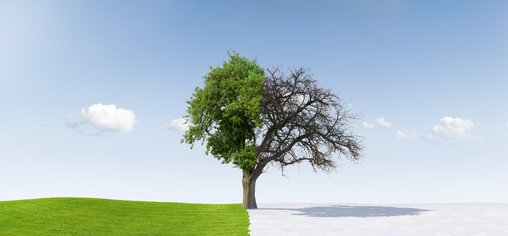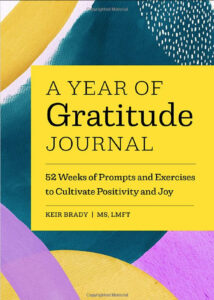Do you suffer from symptoms of depression during a certain time of the year, especially in the fall and winter? Are your symptoms having a negative impact on your emotional well-being and daily functioning? Do your symptoms significantly improve when the season changes? If you answered yes to these questions, you might be experiencing seasonal affective disorder (SAD).
What Is SAD
SAD is a type of major depression that occurs seasonally, mainly during the fall and winter. This happens around the same time of year for a period of at least two years. When the seasons change and spring arrives, symptoms usually improve. SAD is not just a mild form of depression, or the winter blues. SAD symptoms can be debilitating and can have a negative impact on your daily functioning. Although SAD can occur during the summer and spring, it usually occurs during the fall and winter when there is less natural sunlight. Symptoms of SAD tend to be most problematic during January and February.
What Causes SAD
Although the exact cause of SAD is unknown, there are some theories about the cause since it tends to occur most often during the winter months. Most of the theories revolve around the fact that there is less daylight in the winter. Since your body is exposed to less sunlight, disruptions occur. In the winter the days are shorter and the nights are longer, which causes an increase in the production of melatonin. If your body produces too much melatonin, you have a decrease in your energy levels and feel sleepy. When you have less sunlight exposure, your vitamin D levels can also decrease. The neurotransmitter that helps regulate mood, serotonin, can also decrease leading to increased symptoms of depression.
SAD Risk Factors
Even though anyone can experience SAD, it is more common in women than in men. In fact, SAD is diagnosed 4 times more often in women. Where you live can also increase your chances of developing SAD. Those that live far from the equator are much more likely to be diagnosed with SAD than those who live closer to the equator. If you have a family history of depression, you have an increased risk of experiencing SAD. Having depression or bipolar disorder can also increase your chances of being diagnosed with SAD. Although SAD can affect any age group, young adults have the highest rates compared to other age groups.
SAD Symptoms
Symptoms of SAD are those of major depression as listed in the Diagnostic and Statistical Manual of Mental Disorders (DSM-5). To be diagnosed with SAD, you must meet the criteria for major depression with seasonal onset and experience at least 2 depressive episodes in the previous 2 years at the same time of year.
Symptoms include:
- Feelings of depression or sadness most days for most of the day
- Feelings of hopelessness or worthlessness
- Loss of interest in activities you used to enjoy
- Having low energy
- Sleep disturbances, difficulty sleeping or sleeping more than usual
- Irritability
- Changes in appetite, overeating or loss of appetite
- Having trouble concentrating
- Social withdrawal
- Having frequent thoughts of death or suicide
SAD Treatment
Treatment for SAD includes medication and psychotherapy, as well as some treatments for the seasonal changes. Since vitamin D levels are often lower in those who are diagnosed with SAD, supplementation can be helpful for those with low levels. Light therapy is another popular option for those who experience SAD in the fall and winter. A light box can be used to help replace the diminished sunlight. Medications, such as SSRIs can be used to treat the symptoms of SAD. Cognitive Behavioral Therapy (CBT) can help you learn to replace some of your negative thought patterns with more positive thoughts and behaviors.
What You Can Do
There are things you can do to help ease the symptoms related to SAD. Exercise regularly. Maintain a healthy diet. Keep up with your social activities. Try to get as much sunlight as possible. Practice meditation. Do things that you enjoy. Find an activity that you look forward to that you can practice during the fall and winter. If you can be more active and engaged when the weather turns colder, you can experience greater relief from symptoms related to SAD.
If you are experiencing SAD, help is available. You do not have to wait for the seasons to change to start feeling better. A combination of medication and psychotherapy can help improve your symptoms and your overall well-being.



